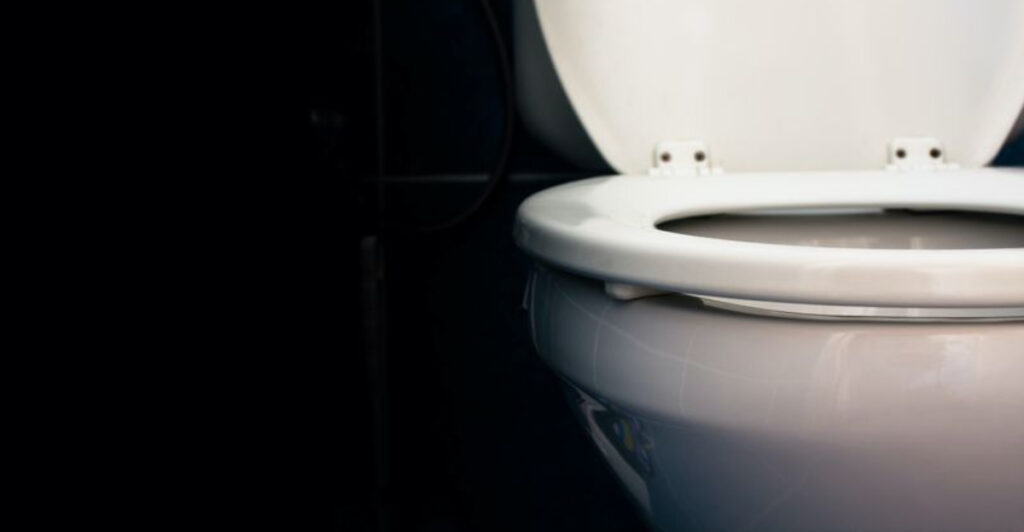Many travelers think hovering over public toilet seats is the smartest way to stay clean and healthy. This common practice seems logical – after all, avoiding contact with potentially dirty surfaces should keep germs away, right? However, recent medical research reveals some surprising truths about this widespread habit. Understanding these facts could change how you approach restroom visits during your next adventure.
1. Toilet Seats Harbor Fewer Germs Than Your Phone
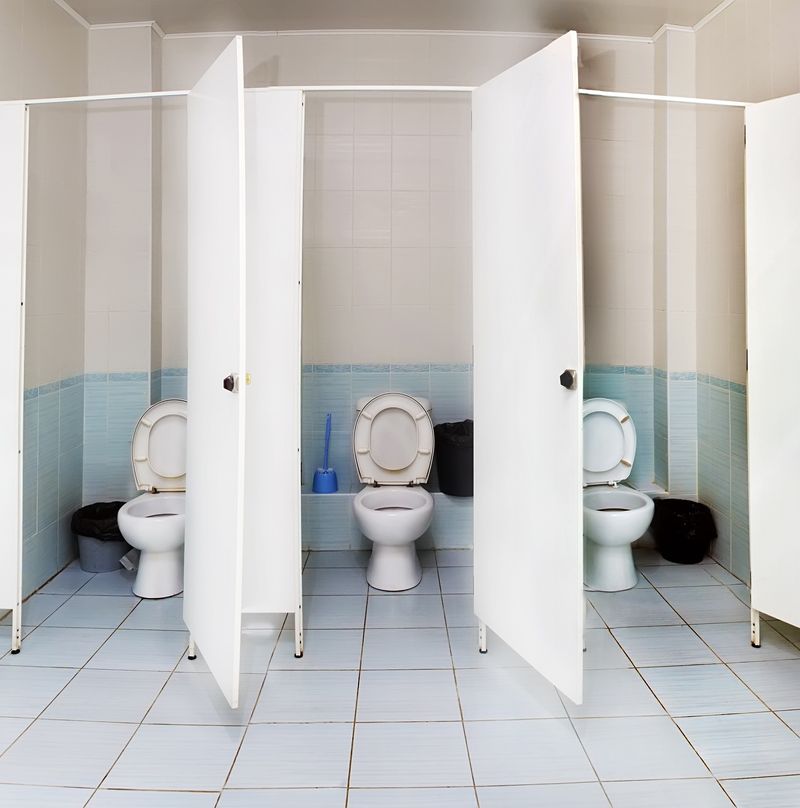
Your smartphone screen actually carries more dangerous bacteria than most public toilet seats. Scientists have discovered that smooth, dry surfaces like toilet seats don’t provide ideal conditions for harmful germs to survive and multiply.
Door handles, elevator buttons, and restaurant menus pose much greater health risks than sitting directly on a toilet seat. Most disease-causing bacteria and viruses die quickly on these hard surfaces.
The fear of toilet seat contamination is largely based on outdated myths rather than scientific evidence. Your daily routine exposes you to far more germs through other common surfaces.
2. Hovering Prevents Complete Bladder Emptying
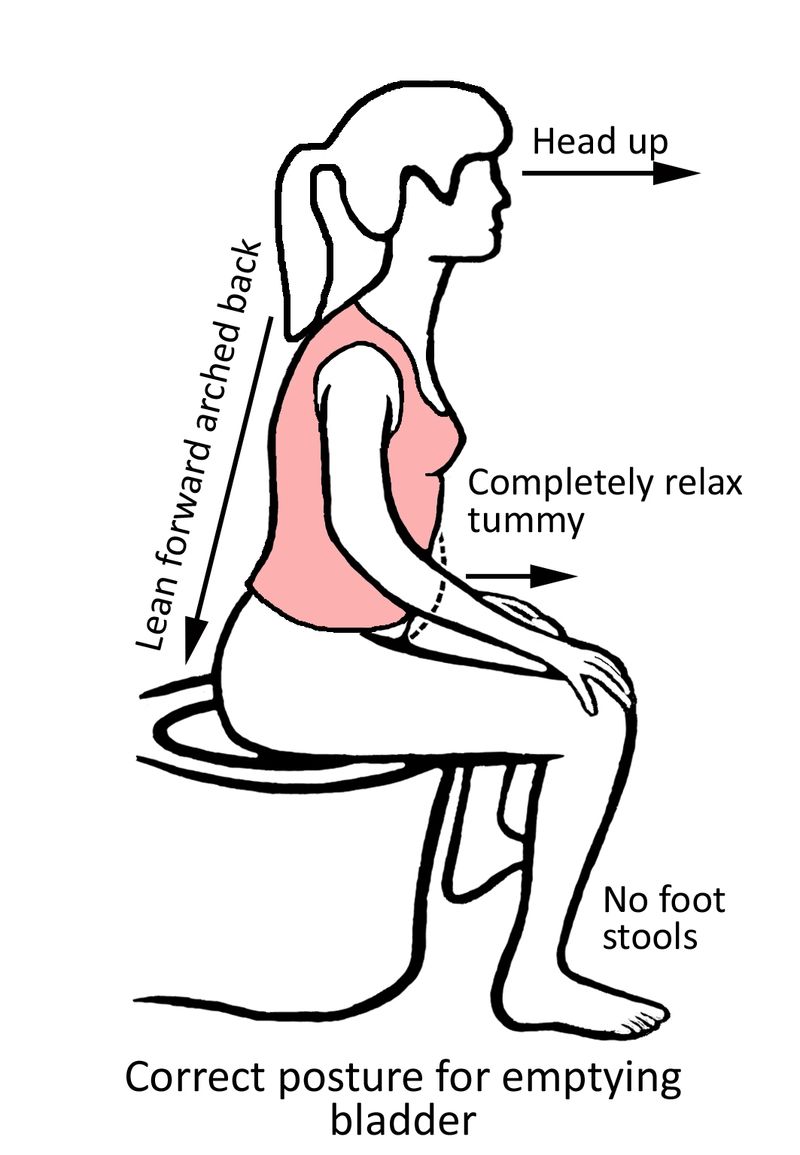
When you squat above a toilet seat, your pelvic floor muscles remain tense and cannot fully relax. This muscle tension makes it nearly impossible for your bladder to empty completely during urination.
Incomplete bladder emptying creates the perfect environment for bacteria to grow and multiply. The leftover urine becomes a breeding ground for harmful microorganisms that can cause painful infections.
Medical professionals warn that this retained urine significantly increases your risk of developing urinary tract infections. Sitting properly allows your muscles to relax and your bladder to empty thoroughly.
3. Poor Aim Creates More Mess for Everyone
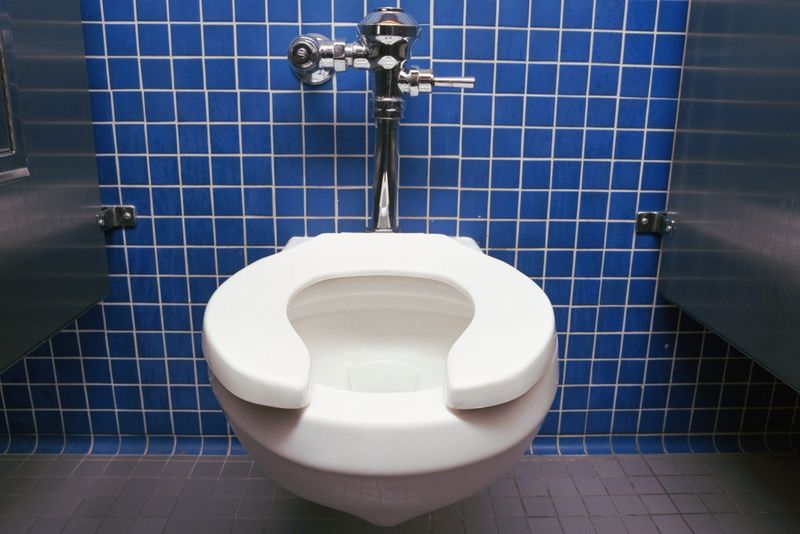
Maintaining balance while hovering makes accurate aim extremely difficult, leading to splashes and spills around the toilet area. This creates an unsanitary environment that’s actually worse than what you were trying to avoid.
The mess you create affects the next person who uses the facility, perpetuating a cycle of uncleanliness. Your attempt to stay clean ironically makes the restroom dirtier for everyone else.
Sitting down provides stability and control, resulting in better hygiene for both you and future users. Proper positioning minimizes splashing and keeps the area cleaner overall.
4. Urine Dribbles End Up on Your Body
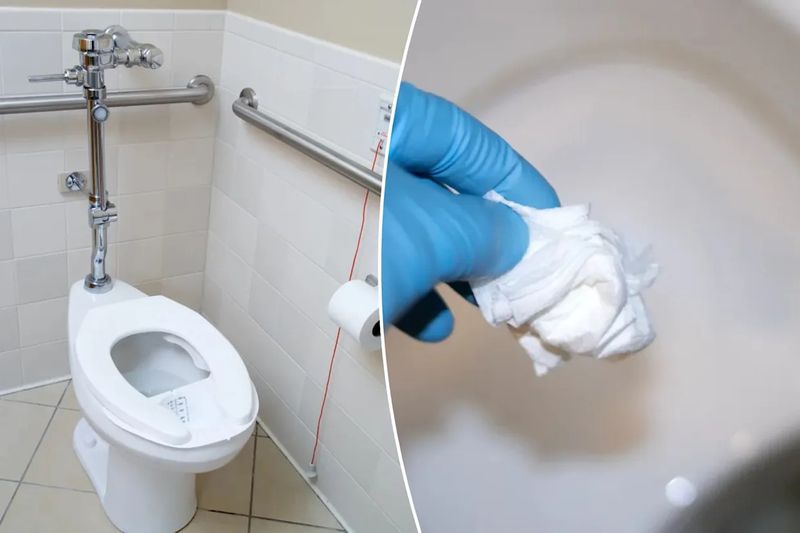
The unstable hovering position often causes urine to drip onto your legs, shoes, and clothing rather than landing cleanly in the toilet bowl. You end up carrying more germs on your body than if you had simply sat down.
These droplets can also splash onto the floor and your feet, spreading bacteria to surfaces you’ll walk on throughout your travels. The very contamination you’re trying to avoid ends up following you around.
Sitting eliminates this problem by providing a stable, controlled position that keeps waste away from your body and belongings completely.
5. Wiping the Seat Works Better Than Hovering
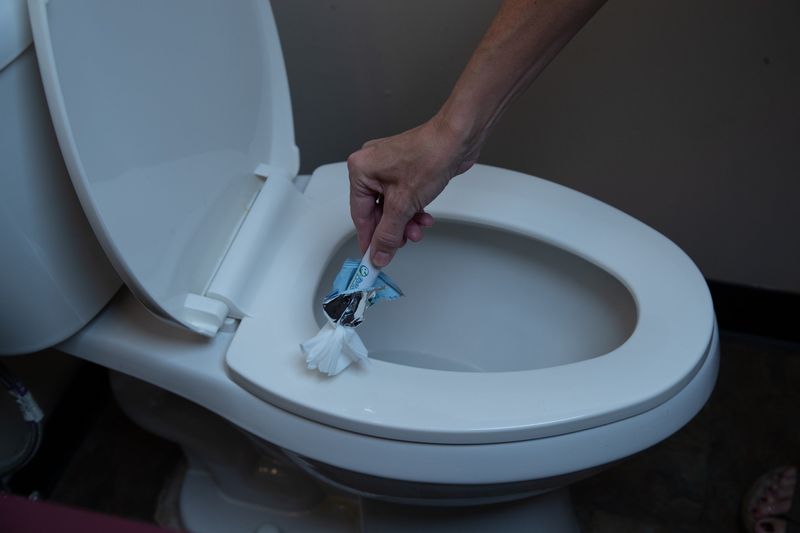
A simple wipe with toilet paper or disinfectant removes far more germs than hovering could ever avoid. This quick action takes just seconds but provides significantly better protection against bacteria and viruses.
Many travelers carry small packets of sanitizing wipes specifically for this purpose, creating a clean surface in moments. This practical approach addresses hygiene concerns while allowing proper toilet use.
The stability of sitting after cleaning enables better personal hygiene and reduces the risk of accidents. Smart preparation beats awkward positioning every single time for health and comfort.
6. Most Diseases Don’t Spread Through Toilet Seats
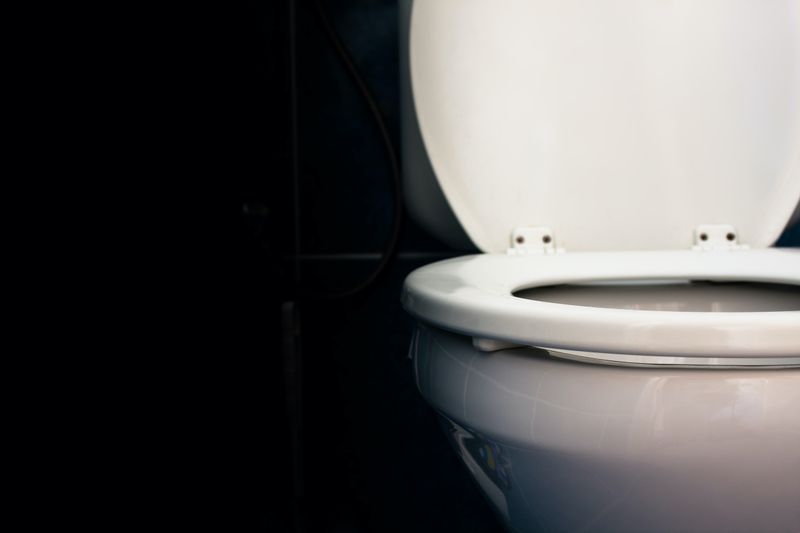
Serious infections like HIV and sexually transmitted diseases cannot survive on toilet seats long enough to pose any real transmission risk. Your skin acts as a natural barrier against most harmful microorganisms.
The majority of illnesses travelers catch come from touching contaminated surfaces with their hands, then touching their face or food. Toilet seats rank very low on the list of actual infection sources.
Medical experts consistently emphasize that proper hand washing prevents far more diseases than avoiding toilet seats ever could. Focus your energy on proven prevention methods rather than unnecessary precautions.
7. Good Hand Hygiene Beats Hovering Every Time
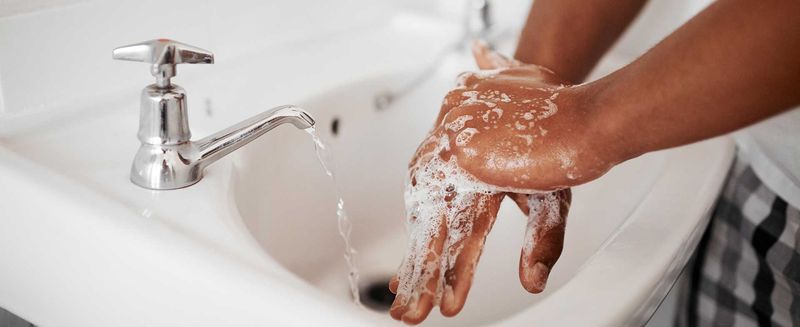
Washing your hands thoroughly with soap for twenty seconds eliminates more germs than any amount of hovering could prevent. This simple action protects against the vast majority of travel-related illnesses and infections.
Carrying hand sanitizer as a backup ensures you can maintain cleanliness even when soap isn’t available. These proven methods provide real protection rather than false security from ineffective habits.
Travelers who focus on proper hand hygiene while using toilets normally stay healthier than those who hover but neglect washing. Prioritize habits that actually work for better travel experiences.

